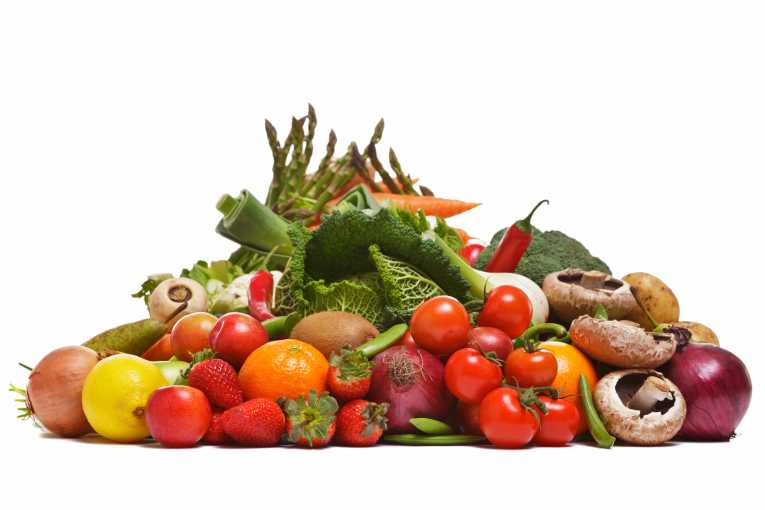It seems that the '5-a-day' mantra, which has been falling from the lips of the nation's public health guru's for the last two decades, is finally paying off. Well, in California at least. A new study into long-running healthy eating campaigns, in the Golden State, shows that Californians really are shining, when it comes to eating their five portions of fruit and vegetables per day. As of 2007, the average number of portions eaten daily has hit the magic 5 number, according to the research, which is just published in the Journal of Nutrition Education and Behavior (JNEB).
That could spell out great news for improving the health of Californians. Research over the last few decades, has produced an ever-lengthening list of ailments that fruit and veg can help guard against. These include heart disease and hypertension; problems with vision as we age; a wide variety of cancers; and maybe even type-2 diabetes. Whilst some studies have cast doubt on a very strong link in preventing cancer, the overall health of those eating 5 or more portions of fruit and veg is generally seen as high.
The data to check up on California's rate of munching comes from a decade's worth of data, which was first collected in 1997. This was started to help monitor progress in the Network for a Healthy California project, which kicked off in 1998. That program was focused towards the poorest part of the US public, by providing nutritional advice and education for those on low-incomes or using food-stamps.
Every two years, more than 1,500 adults - across all groups, ages and sexes - were asked to recall the food that they ate for the previous 24 hours. That data provides a fascinating storyboard, over a complete decade, of the progress of that California residents have made towards the holy grail of 5-a-day. Back in 1997, the average portions eaten languished at 3.8. But as of 2007, that number stands at 5.2, which is an increase of 37%.
The ladies have the most to feel smug about. Women had already started the decade with greater fruit and veg consumption than men. But they successfully pushed those levels up faster than men, to 5.4 portions per day on average. Some of the biggest fruit and vegetable leaps were made by the lowest income bracket, who ate some 60% more by 2007. That might seem to be much as expected, given that the programs from the US Department of Agriculture were focused on educating those poorer families.
But interestingly, whilst the middle income groups saw their fruit and veg consumption merely meandering up, from already decent levels, the richest part of society want much madder for veggies too. Their average consumption was bumped up by a healthy 50%, to nearly 6 portions a day. That may suggest a greater ability to self-motivate and change lifestyles for the more affluent side of America.
Top Image Credit: © RTimages










